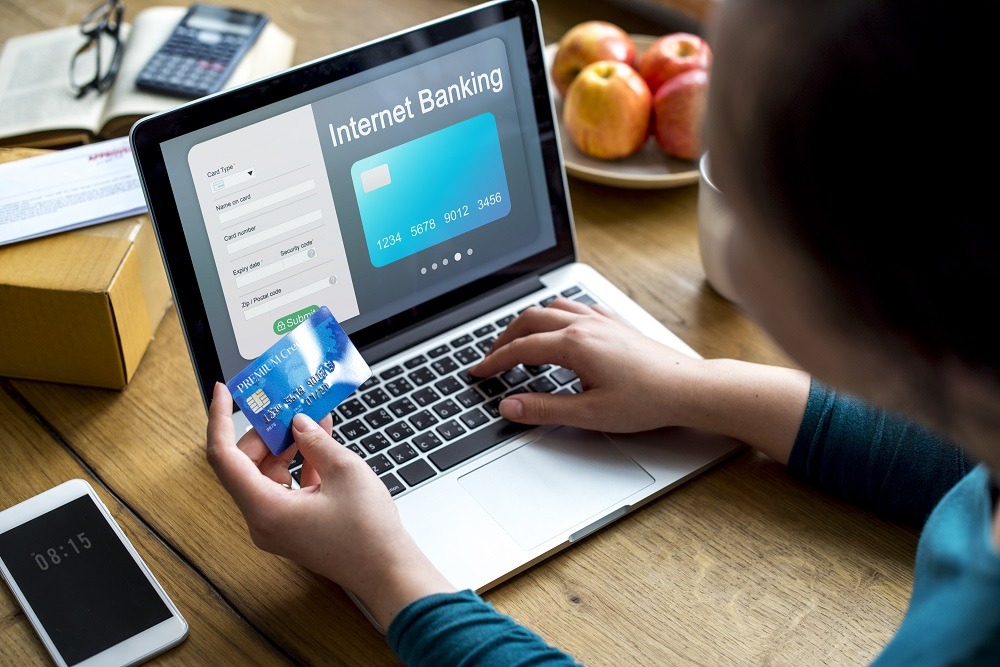Online banking has revolutionized financial management, providing unparalleled convenience. However, with great convenience comes equally great responsibility to be alert for scams, as cybercriminals continually develop sophisticated methods to exploit vulnerabilities. From phishing scams to emerging threats for like deepfake technologies, staying vigilant and informed is crucial.
This article offers a comprehensive guide to online banking security, highlighting key risks, actionable tips for protection, and tools to safeguard your financial assets. Whether you are a seasoned digital banking user or just starting out, these insights will empower you to navigate the digital banking landscape confidently.
We recommend this website: https://www.consumerfinance.gov/consumer-tools/fraud/ for up-to-date information because scams are constantly changing especially with deepfakes and misinformation created by fraudsters using artificial intelligence creations to mislead you.
Key Takeaways
Online banking offers convenience but introduces risks that require proactive measures.
Multi-factor authentication (MFA) and biometric security add crucial layers of protection.
Strong passwords, secure devices, and private networks are essential defences.
Being aware of phishing, deepfake scams, and misinformation can prevent fraud.
Recommended tools and best practices can enhance your security and peace of mind.
Understanding Online Banking Security
Online banking involves conducting financial transactions through digital platforms, exposing users to various threats. To protect yourself, it is vital to understand these risks and the measures banks take to ensure safety.
Types of Digital Banking Threats
Common risks in online banking include:
- Phishing Scams: Fraudulent emails, text messages, or fake websites designed to steal your login credentials.
- Malware Attacks: Malicious software that compromises device security, enabling hackers to access sensitive information.
- Social Engineering: Manipulative tactics used to trick individuals into sharing personal or financial details.
Core Security Measures Implemented by Banks
Financial institutions employ several strategies to protect customer data:
- Encryption Protocols: Ensures that sensitive information is only accessible to authorized parties during transmission.
- Firewalls: Prevent unauthorized access to banking systems.
- Fraud Detection Systems: Monitor transactions for unusual activity to detect and stop fraud in real-time.
Adhering to Banking Security Standards
Banks comply with global standards like the Payment Card Industry Data Security Standard (PCI DSS) to safeguard customer data. These frameworks ensure that financial institutions maintain best practices for security.
Building a Strong Security Foundation
Protecting your financial information starts with adopting good security habits. These basic practices create a robust foundation for online banking security.
Creating Strong Passwords
Passwords are the first line of defense for your online accounts. Follow these tips for optimal security:
- Use at least 12 characters with a mix of uppercase and lowercase letters, numbers, and symbols.
- Avoid using predictable information, like birthdays or common words.
- Employ a password manager to generate and store unique passwords for all accounts.
Securing Network Connections
Network security is crucial for online banking. Here is how to protect your connections:
- Conduct transactions only on trusted networks, avoiding public Wi-Fi.
- Use a VPN (Virtual Private Network) to encrypt your internet connection, ensuring your data stays private.
- Turn off Bluetooth when not in use, especially in public spaces, to minimize exposure to hacking attempts.
Device Security Tips
Your device plays a key role in securing your financial data. Best practices include:
- Regularly updating your operating system and banking apps to patch vulnerabilities.
- Installing reputable antivirus software to detect and remove malicious programs.
- Activating two-factor authentication (2FA) to add an additional verification step for logins.
- Backing up important data using encrypted storage solutions.
Recognizing and Preventing Banking Scams
Scammers are always on the lookout for new ways to deceive online banking users. Staying informed is your best defence.
Common Phishing Techniques
Phishing scams often involve emails, texts, or websites that appear to be from trusted sources. To avoid falling victim:
- Inspect URLs and email addresses for authenticity.
- Avoid clicking on unsolicited links or attachments.
- Contact your bank directly to verify suspicious communications.
Social Engineering Tactics
Social engineering preys on human emotions, such as fear or trust, to extract sensitive information. Protect yourself by:
- Questioning any requests for personal or financial data.
- Using official contact channels to verify claims.
- Staying calm and avoiding impulsive decisions under pressure.
Emerging Fraud Schemes
New threats, such as investment scams and fake customer support calls, continually evolve. Keeping up with these schemes ensures you can spot and avoid them effectively.
Deepfakes and Misinformation: The New Frontier of Scams
Deepfake technology uses artificial intelligence to create convincing but fake audio or video content. Scammers use these tools to impersonate trusted individuals, making it harder to detect fraud.
How Deepfake Scams Work
Deepfake scams typically involve:
- AI-generated voices mimicking bank officials to authorize fraudulent transactions.
- Videos impersonating family members or coworkers to request financial help urgently.
Protecting Yourself from Deepfake Scams
To defend against deepfake fraud:
- Always verify requests through direct communication with trusted sources.
- Use video and audio authentication tools to confirm identities.
- Stay informed about advancements in AI technology to recognize potential threats.
- Read the preview of Protecting Online Workers From Deep Fakes and Misinformation.
Recommended Books, Tools, and Services for Online Security
Investing in the right tools enhances your ability to prevent cyberattacks. Here are trusted solutions to consider:
Norton 360 Deluxe:
- Benefit: Comprehensive protection against malware, phishing, and ransomware.
- Action: Shield your digital life with built-in VPN capabilities. Learn more.
Dashlane Password Manager
- Benefit: Simplifies password management while creating strong credentials.
- Action: Manage passwords securely with ease. Get started here.
ExpressVPN
- Benefit: Encrypts your internet connection, making online banking safer on public or private networks.
- Action: Secure your browsing sessions with a reliable VPN. Explore options..
Google Authenticator
- Benefit: Adds an extra layer of security with time-sensitive codes for MFA.
- Action: Enhance account protection with simple, effective MFA. Find out more.
Prey Anti-Theft Software
- Benefit: Tracks, locks, or wipes stolen devices to protect sensitive information.
- Action: Safeguard your devices against theft. Discover more.
Samsung T7 Portable SSD
- Benefit: Fast, encrypted storage for backups, ensuring data security.
- Action: Keep your important files safe. View options.
Conclusion
Online banking security is a shared responsibility between users and financial institutions. By adopting best practices, understanding emerging threats, and leveraging recommended tools, you can enjoy the convenience of digital banking without compromising your safety.
Proactively protecting your financial information helps you stay one step ahead of cybercriminals. Stay informed, stay secure, and embrace the full potential of online banking with confidence.
Images credit by Pro Elements Envato
















